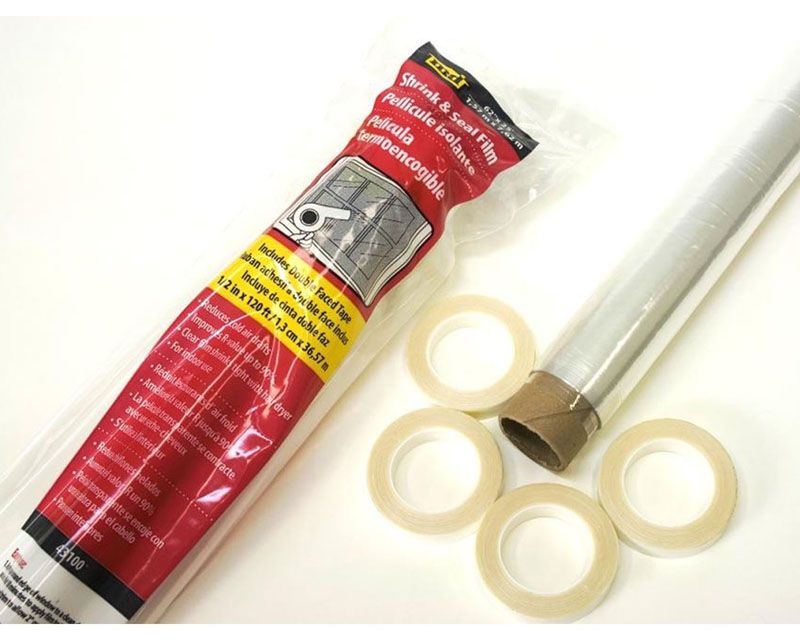If a Door Invites in a Breeze

This Old House general contractor Tom Silva’s preferred method for sealing the bottom of an entry door requires routing a groove in the bottom edge to accept a silicone gasket that remains hidden from view (find various models at Conservation Technology). But he has also used an easier-to-install version, shown above, that works just as well, if you don’t mind seeing the sweep. A visible flange simply screws to the bottom face of the door and keeps vinyl fins pressed tightly against the threshold (U-Shape Door Bottom, $12; Home Depot).
For leaky basement doors, use a draft stopper that holds on to the back of the door, and tight to the floor, by means of clips or magnets. One to try: Evelots Clip On Door Draft Stopper ($18; Amazon).
If Your Windows Leak

Get fast relief by squeezing a bead of clear-drying temporary caulk around or between sashes—just be sure to use it in a ventilated area. Later on, when you get ready to fling open the window, pull up a corner of the caulk and it will come off in a single string, leaving the paint intact. $17; Amazon
If You Want to Keep a Window AC Unit Where It Is

Air conditioners in walls or windows leave an open passage for cold air. The first line of defense can be a heavy-duty polyethylene and vinyl cover that you fit around the outside of the unit. We like Frost King’s extra-large Window Air Conditioner Cover ($8.98; Amazon)
If you still feel a draft, try this winter weatherproofing tip- wrap the inside grille and the sides with 2-millimeter-thick plastic sheeting and double-sided tape, or use a shrink-film kit, like M-D Building Products’ Shrink & Seal ($14; Amazon). Then add another layer inside with a quilted cover. Look for one that offers a snug fit with elastic or a drawstring, like CoverMates (from $10; Amazon).
